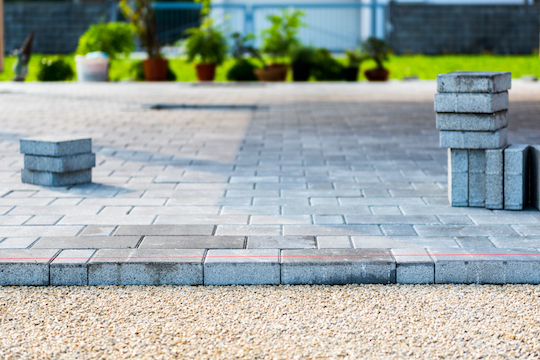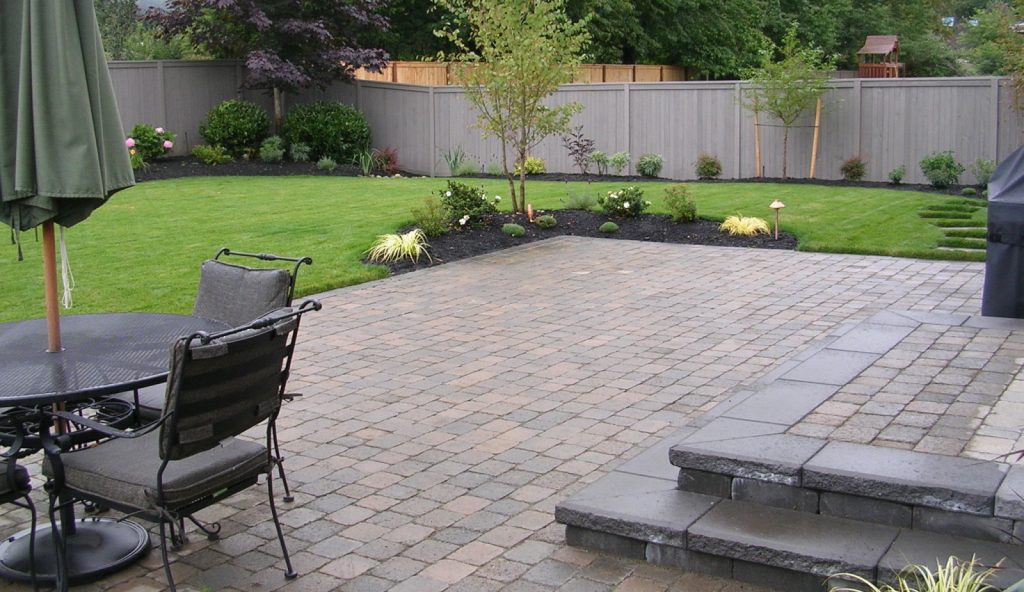The structure of landscaping is the hardscape: the walkways, patios, retaining walls and other amenities that extend the indoor living space to the outdoors.
Improving the outdoor space of a home in any climate will boost its value. The reason is simple: Homebuyers want more space, and if the outdoor environment expands living and entertainment options beyond what’s inside, count it as a win.
Still, the degree to which a well-landscaped lot adds value varies greatly by the market, the neighborhood, by what the lot allows, and what the interests are of the homebuyer. Homes.com tells its readers that, specifically with regard to the front of the home – “curb appeal” is the common term – “can raise a home’s value by as much as 20 percent.” The website cites none other than home advice guru Bob Vila, who himself cites the American Society of Landscape Architects, which urges homeowners to invest 10 percent of the home’s value in landscaping.
Landscaping itself divides into two categories: hardscape and softscape. As the names suggest, hardscape entails hard surfaces (pavers, concrete, wood, composites, gravel/decomposed granite), fencing, retaining walls, water features, fire pits and outdoor kitchens. Softscapes are the vegetation (trees, bushes, flowers, grasses) and perhaps the dirt sculpted to serve a functional or aesthetic purpose.
Decorative hardscapes have become increasingly popular as the modern asphalt paving contractor has developed a more creative eye towards layout, color and design. Not just with driveways, but pool decks, too. There is increasing artistic craftsmanship with overall better results. The average property owner was once priced out of vanity hardscape projects, like fancy driveways, but that is no longer the case, as materials such as paving stones, have become more affordable.
It isn’t just affordability that has improved. Hardscapes have come into their own in recent years as better and more interesting materials have come onto the market. For example, basic concrete walkways in that basic concrete color are being replaced by either stained concrete, in colors that complement the house, or in colorful paving stones. Permeable pavers are also favored for allowing water to percolate into the soil instead of running off to driveways or municipal storm systems. Why not keep natural rainfall to help trees, flowers and bushes grow?
Pavers and other colorful and creative surface materials can direct the eye to either the main (front) entrance to the home, or they can be also used to pull visitors to a side entrance or a back patio and garden.
And fanciful bricks aren’t just for sidewalks. “Long gone are the days of plain-Jane driveways made of uninspired slabs of asphalt or concrete,” says Better Homes & Gardens magazine. ”The newest drives boast pretty motifs made of decorative stampings, bricks, or other materials to ad unusual, trend-worthy curb appeal to houses of nearly any style.” Thankfully, residential driveway contractors are only a phone call away.
There are places other than the front approach from a curb where hardscaping adds significant value. That includes patios, which truly add another room to the home. Add great vegetation, water features, seating or a fire pit and homebuyers begin to envision wonderful summer evenings and parties. Where a home is situated on a hilly property, an attractive retaining wall might protect the home from foundation shifting. Retaining walls can also terrace the garden, which is both visually interesting and might add to utility of the space.
In a competitive housing market, the place with the added touches always has an advantage in both price and time on the market (short). But even if the homeowner isn’t ready to sell, smart hardscapes and softscapes make living there all the more pleasant.


